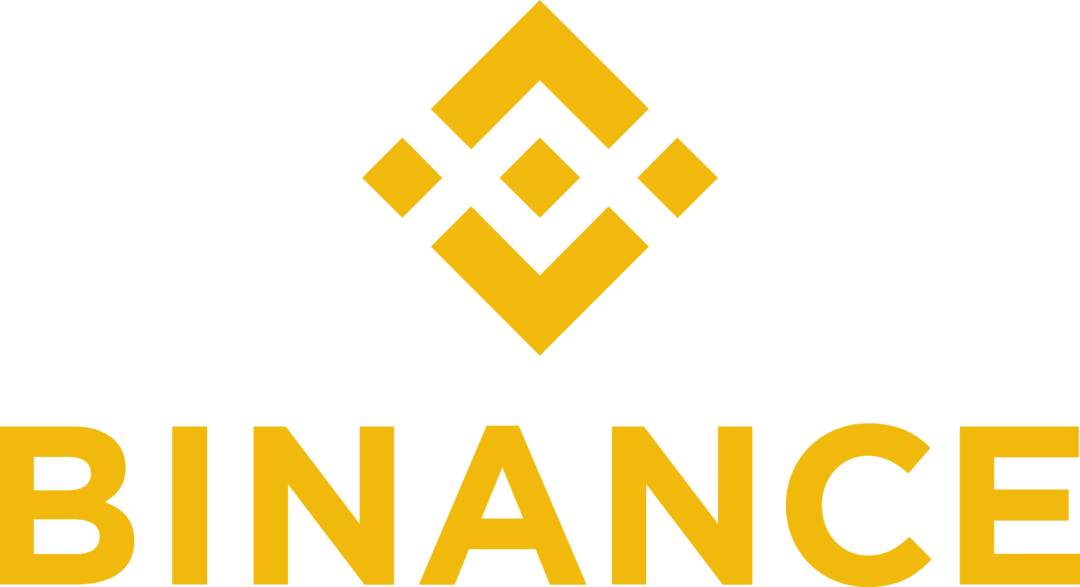The much-speculated hard fork on the Ethereum network continues to stir controversy in the market. This time thanks to BitMEX, which plans offer leveraged exposure in ETHPOW, which is the name of the token that will represent the hard fork.
The split hasn't happened yet, but the hard fork is already causing controversy in the market. ETHPOW, as the name suggests, would maintain the Proof of Work (PoW) consensus and thus mining. It was created as a protest against The Merge update that will bring the end of PoW to Ethereum.
You might be interested in: 7 FAVORITE WAYS TO BUY A BITCOIN CARD IN 2022
A highly speculative contract
From Tuesday, August 9, traders will be able to provide loans and stake the token. BitMEX will allow up to a double level of leverage. This means that if a client has 2000 USD in his account, he can trade with a limit of up to 4000 USD.
To use the contracts, the client will need to leave USDT as margin collateral on the Ethereum network (ERC-20).
Since ETHPOW does not exist yet, it does not have a reference price for contracts. But BitMEX emphasized that the contracts will be different from traditional ones. For example, they will use the last price to compensate for missing this reference.
There will also be limits on the maximum and minimum bids that traders can place around this price. Limits will have automatic updates every hour.
BitMEX also said the contract involves greater automatic debt relief risks because the contract is "purely speculative" at this point. "This is a highly speculative contract (ETHPOW does not yet exist and may never exist)," the announcement said.
Hard fork issues
BitMEX has doubts about the success of the hard fork. Analysts have expressed doubts about the long-term viability of the split, particularly given the lack of community support.
However, BitMEX acknowledged that it could provide a profitable "short to medium-term" trading opportunity. And exactly in this sense, the platform launched new futures contracts.
In addition, Ethereum co-founder Vitalik Buterin recently noted a problem that future hard forks could face: a lack of cooperation from stablecoin issuers.
This poses a problem because the most used type of token on Ethereum is stablecoins. If stablecoin issuers stop accepting redemptions for a token on that blockchain, the tokens on that chain will lose parity against the dollar, hurting the entire economy.
If the split does happen, the most likely date is September 19, the date set for The Merge's release. From that day on, PoW mining will effectively end and give way to PoS. This will change the way the network is protected and eliminate the need for intensive power consumption.
You might be interested in: BitMEX Review - TOP Derivatives Exchange for Traders (2022)











